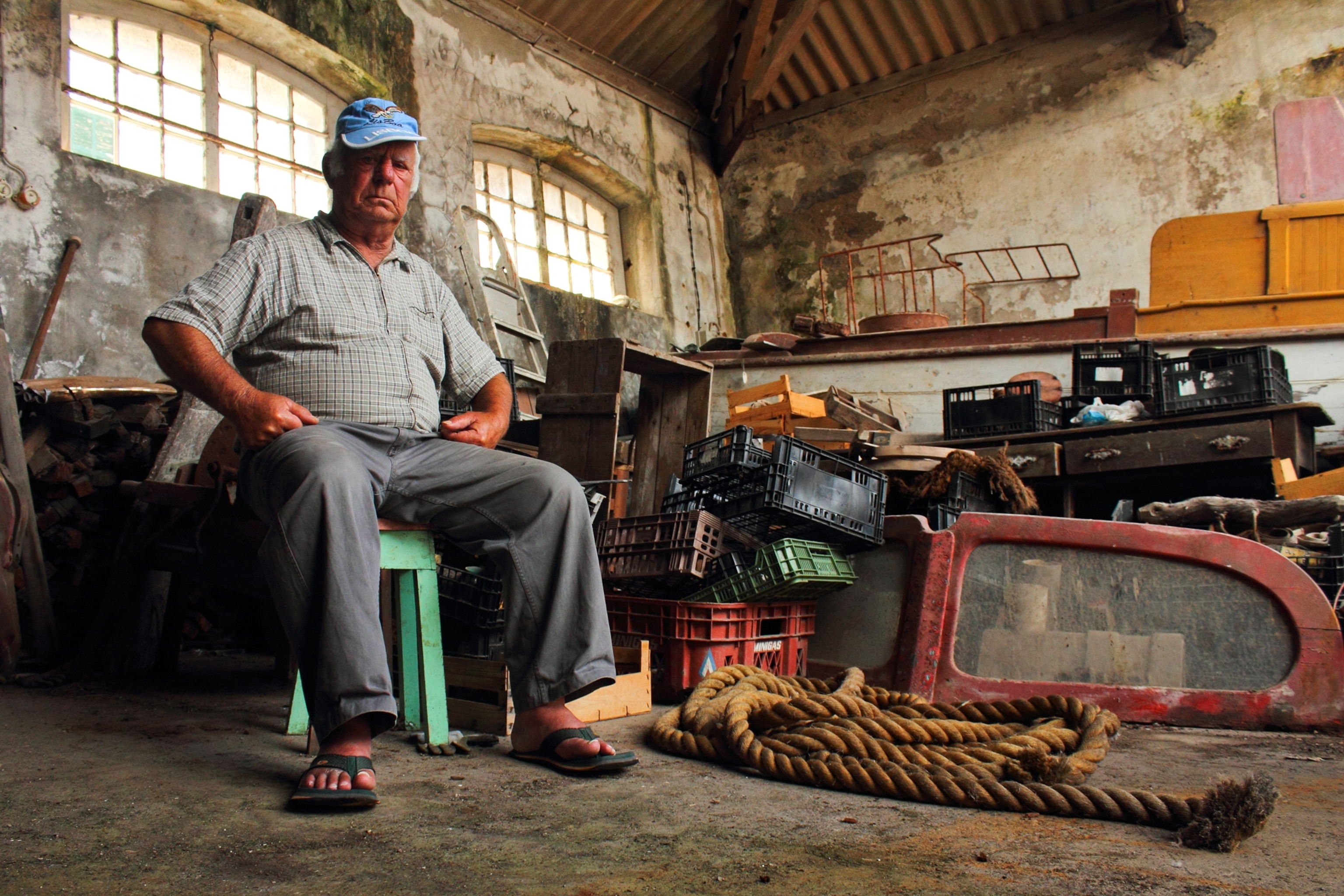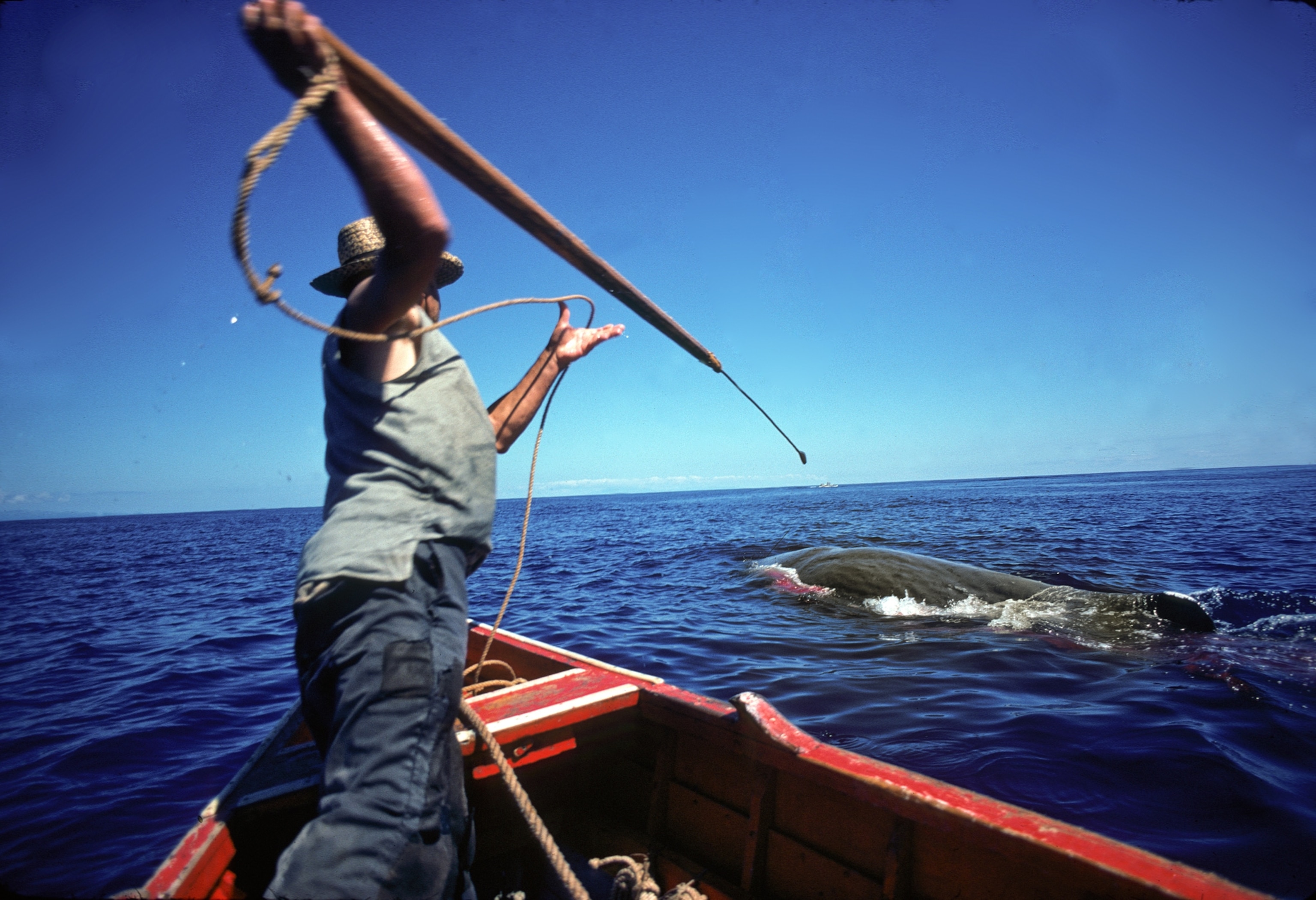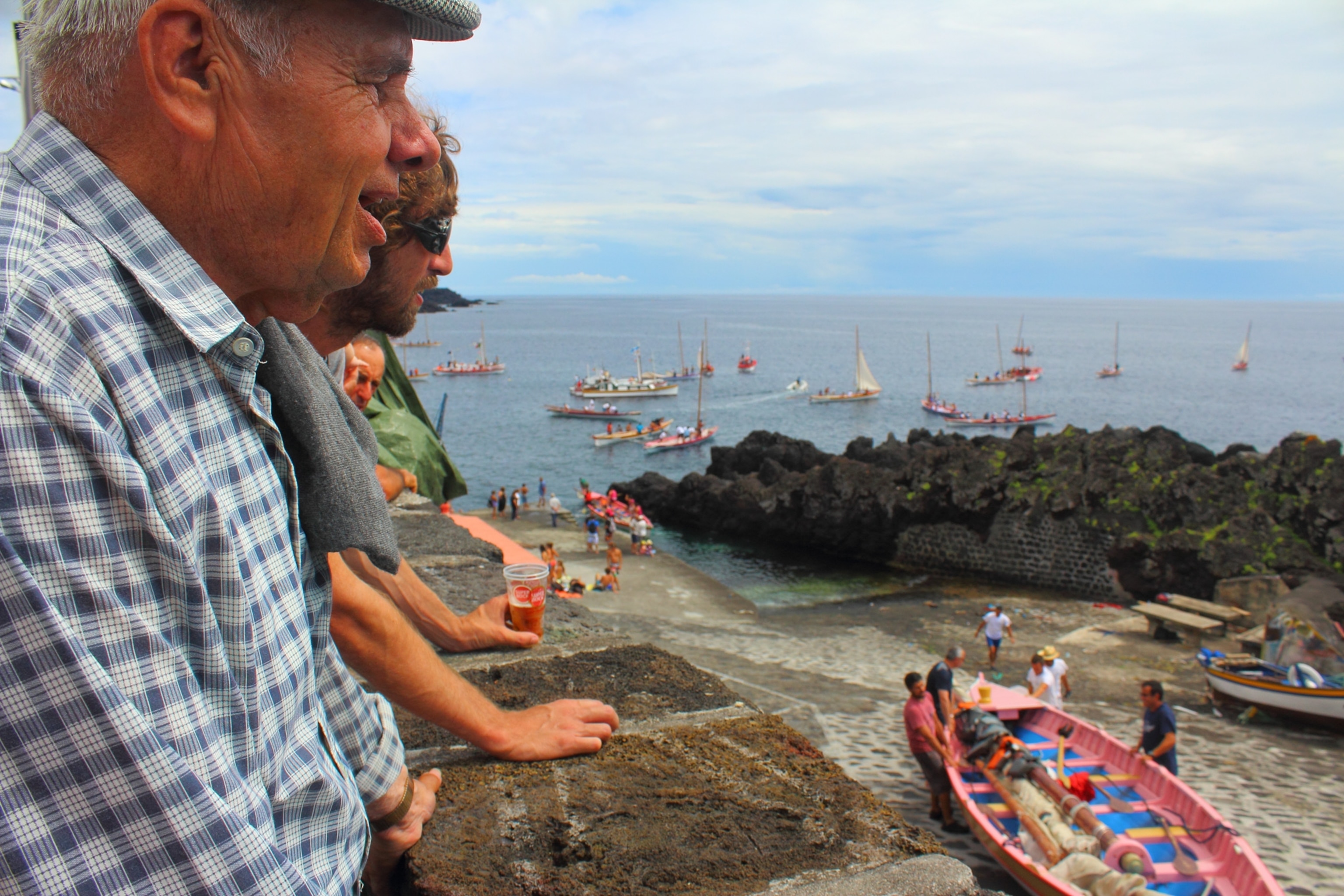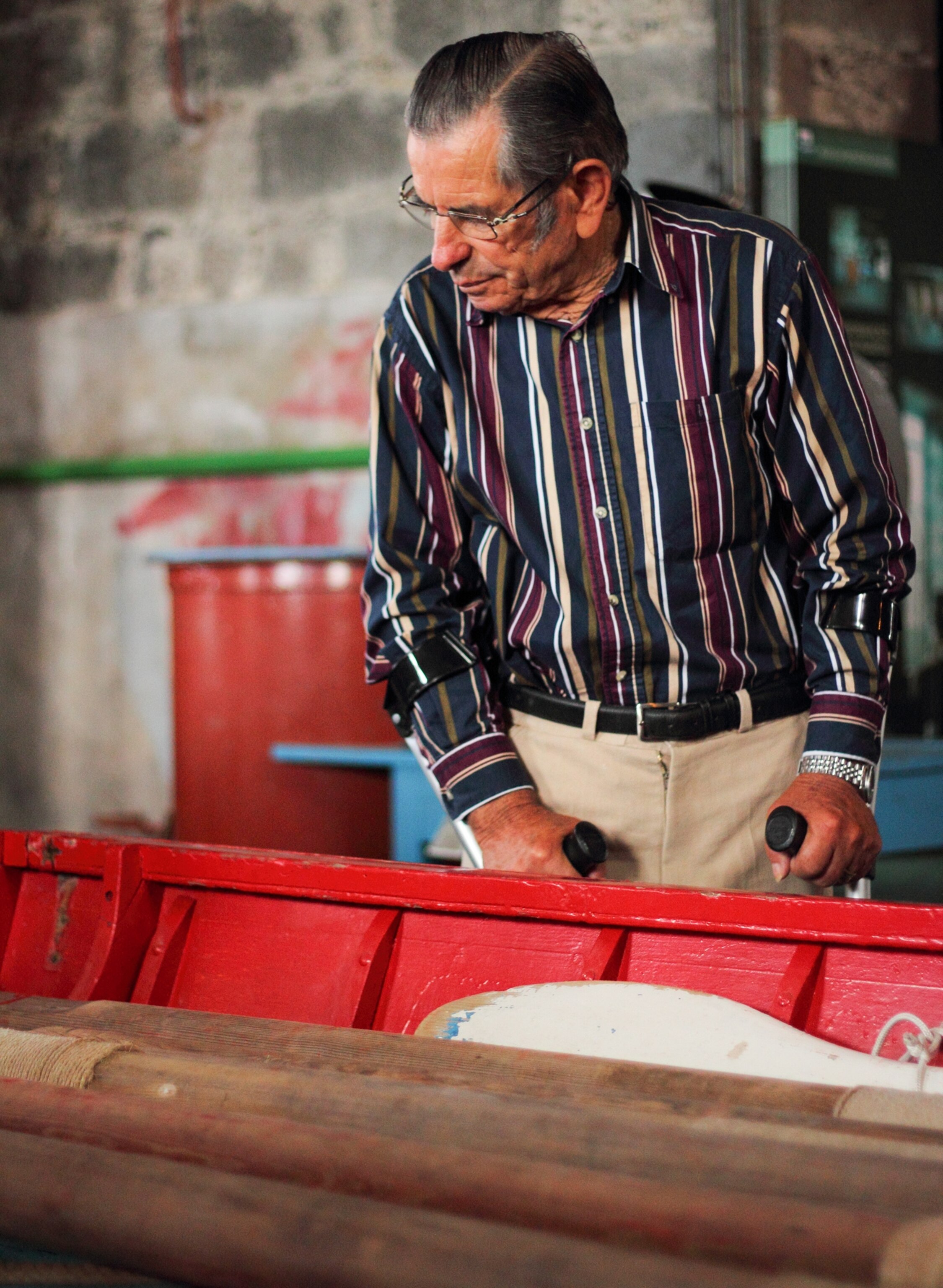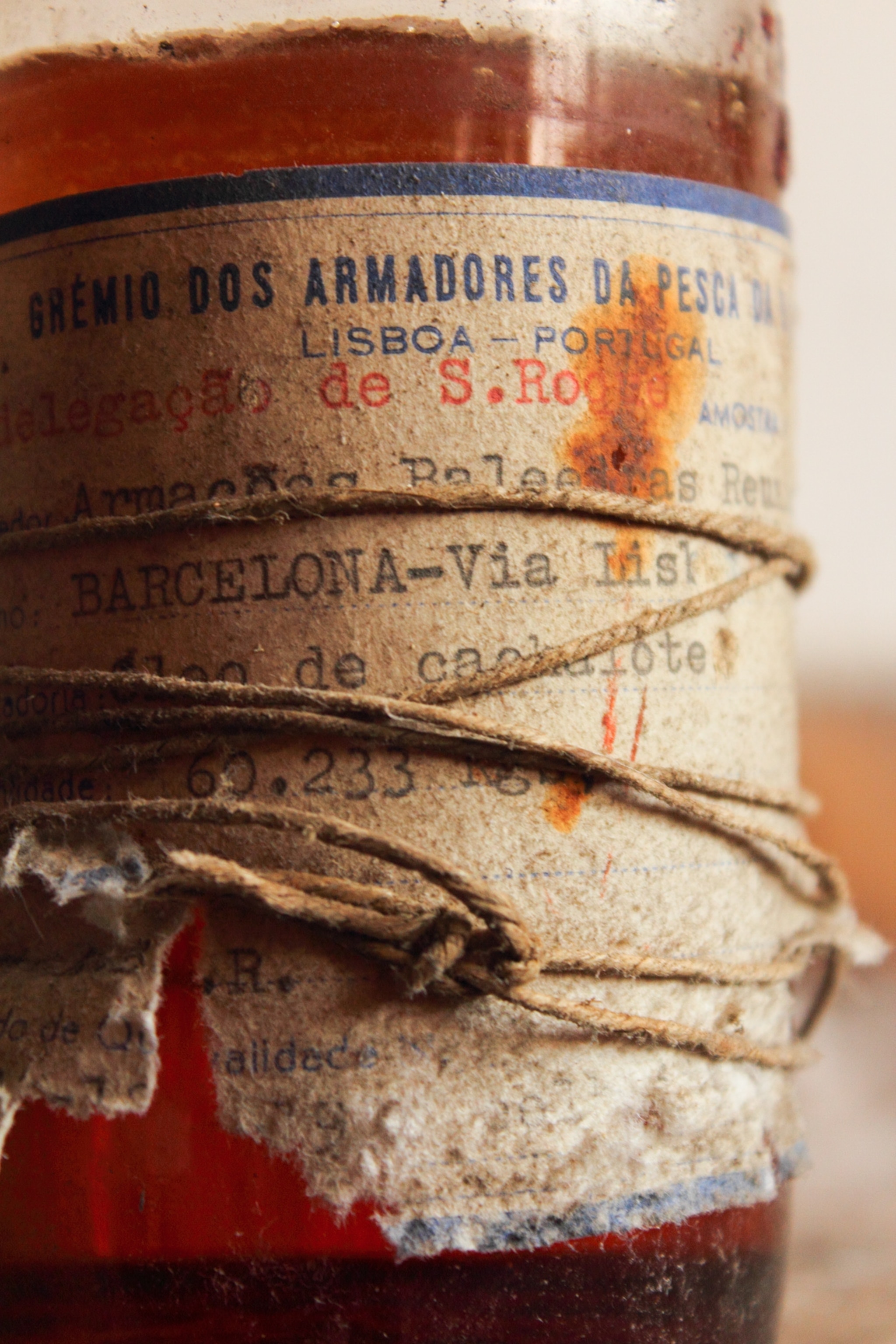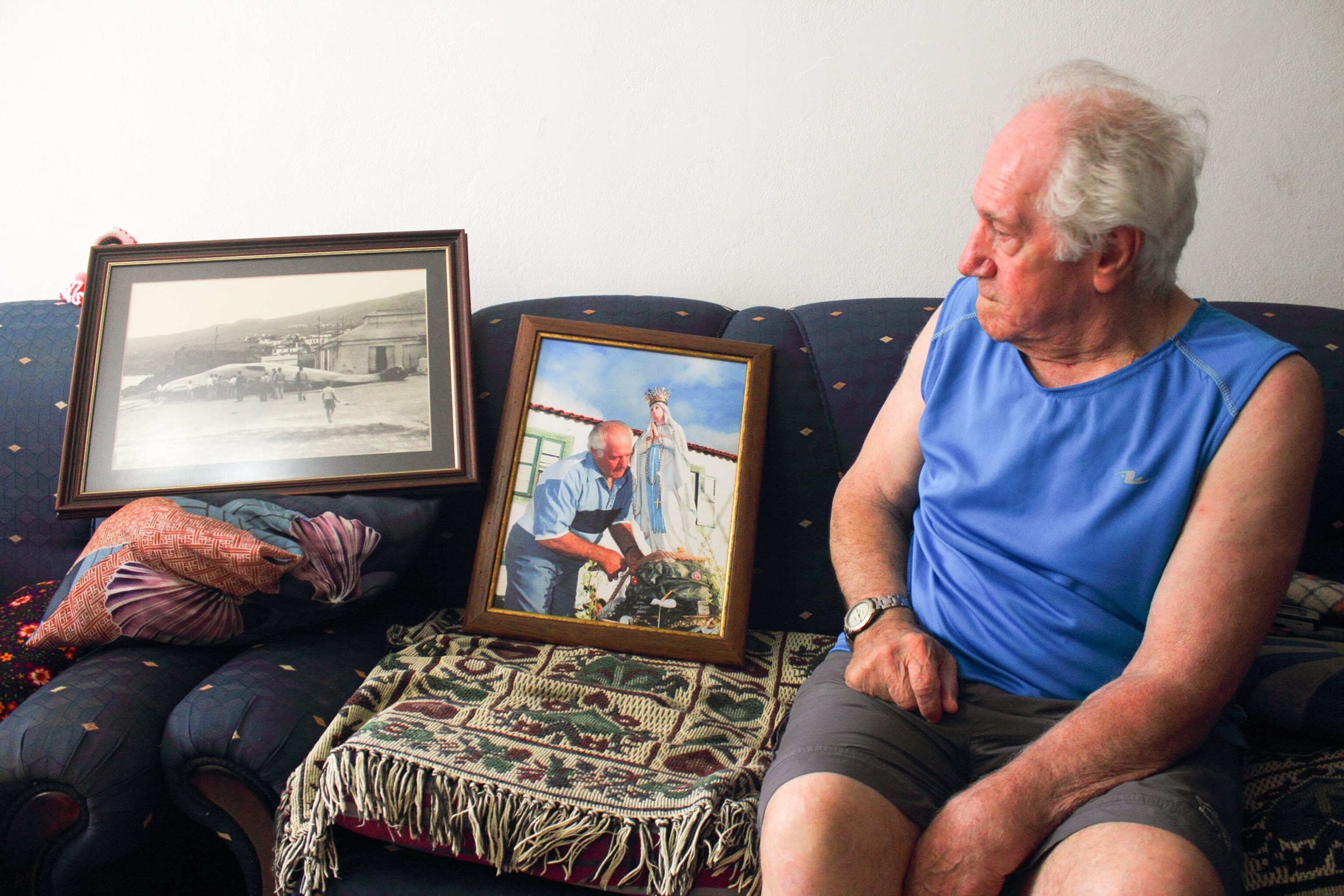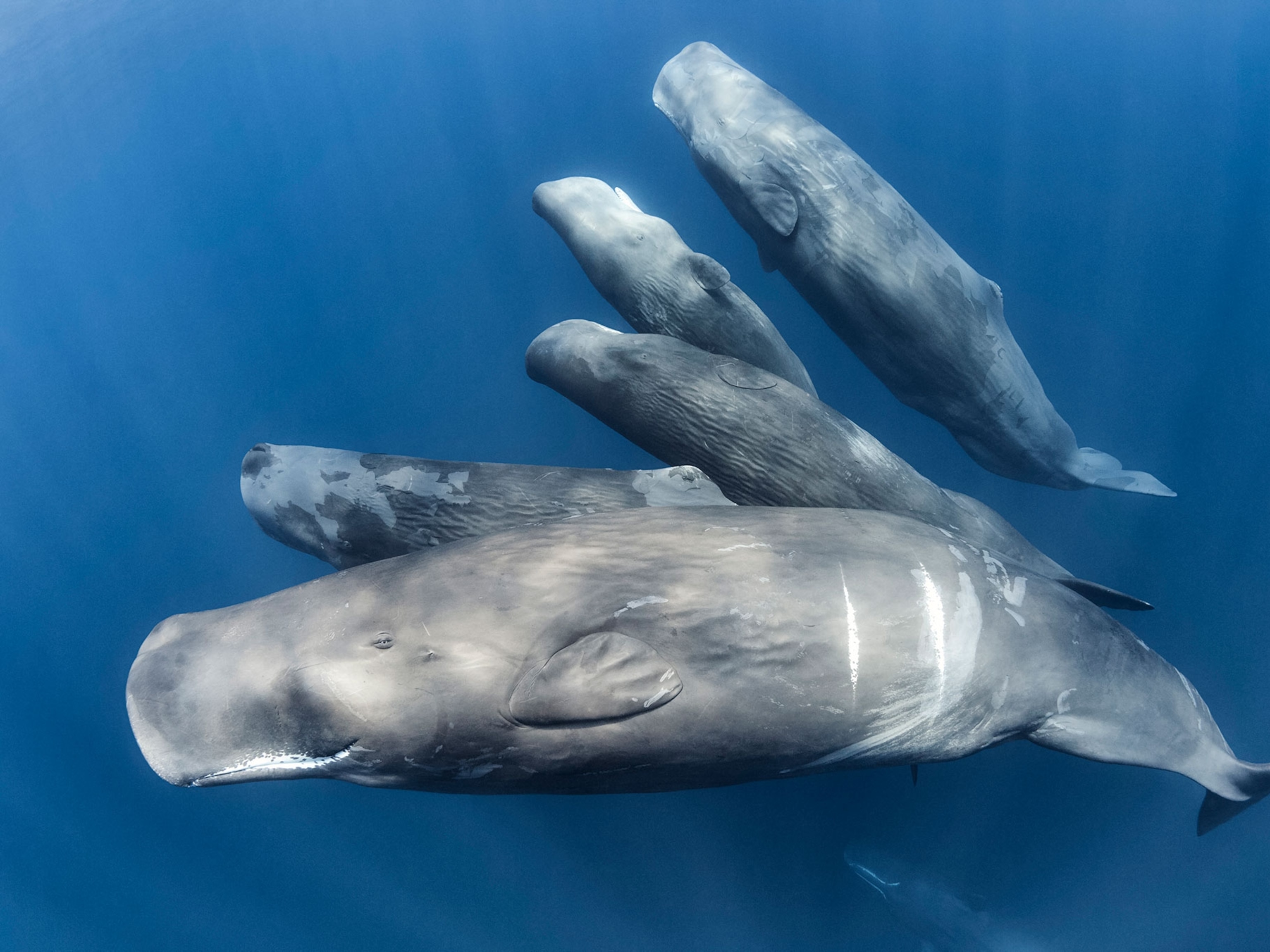1 of 13
Photograph by Gemina Garland-Lewis
Pictures of Azorean Whalers: The Last of Their Kind
A National Geographic explorer has documented how Azorean whalers used 18th-century techniques to hunt sperm whales well into the 20th century.
June 13, 2013
